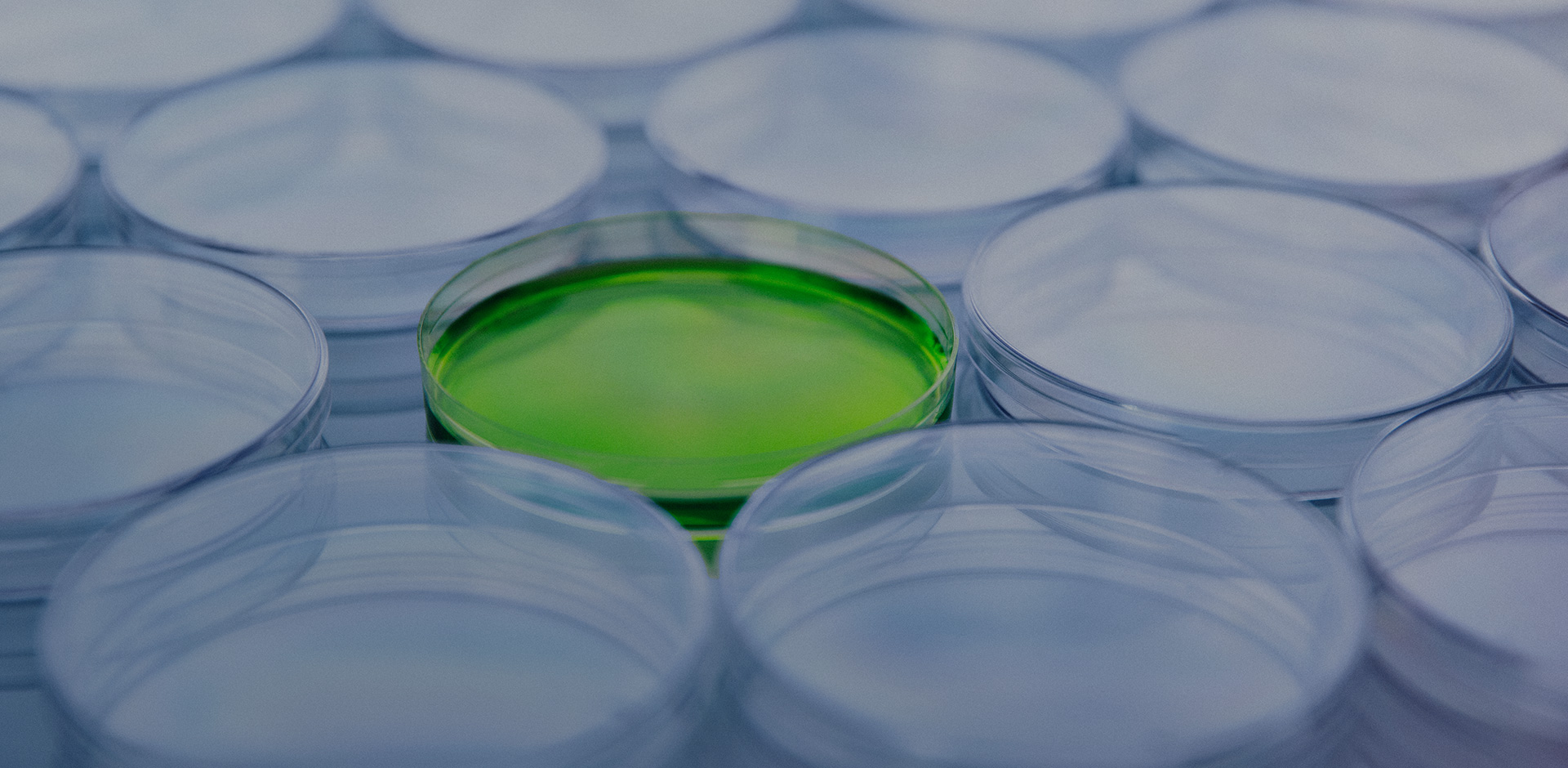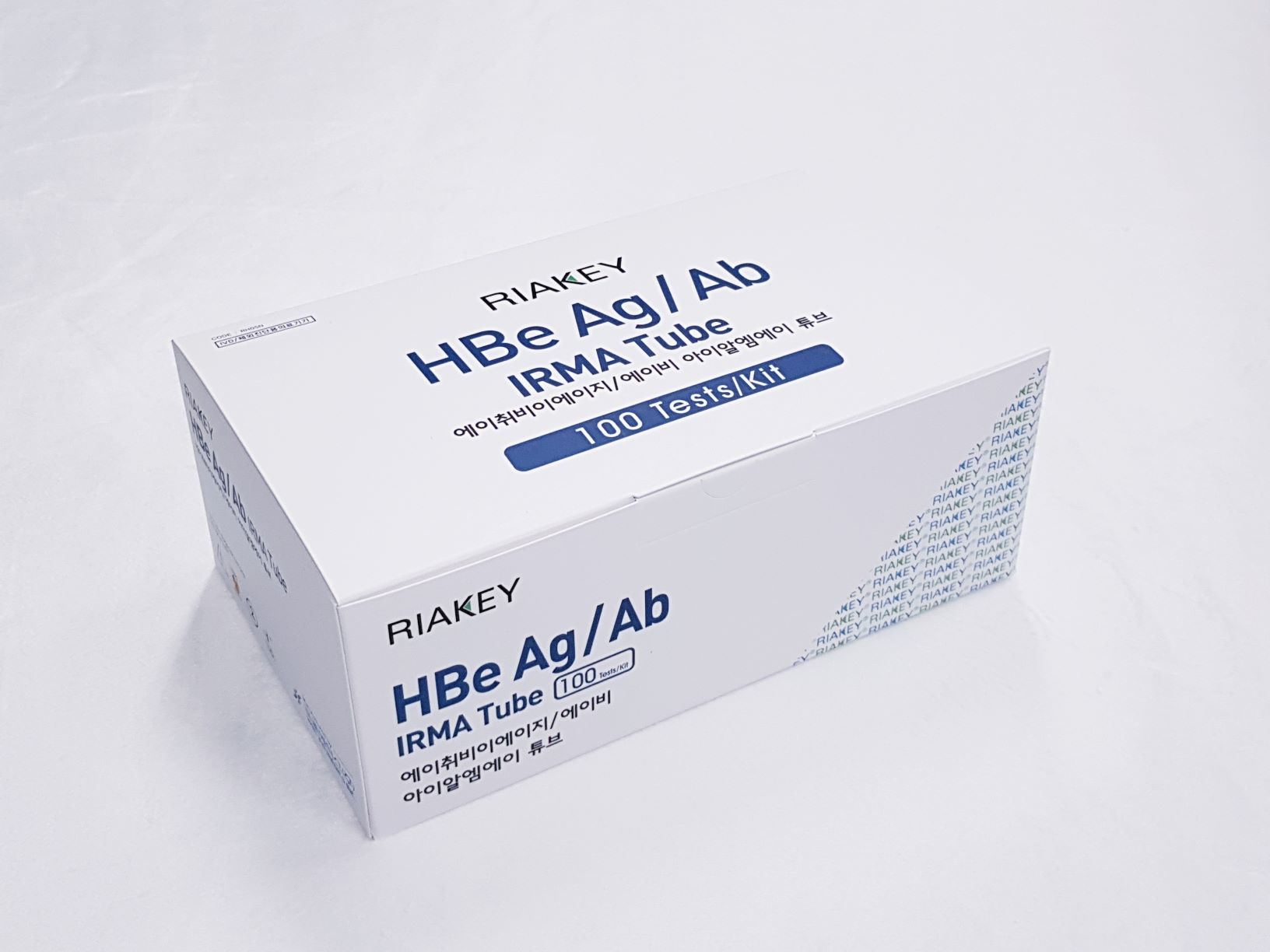HBeAg/Ab
Immunoradiometric assay for qualitative determination of Hepatitis B virus “e” antigen (HBeAg) and /or antibody (Anti-HBe) in human serum or plasma
Summary
-
KFDA Registration No
14-3153
-
CAT No
RH05N
-
TEST METHOD
IRMA
-
SAMPLE VOLUME
200 ul (HBeAg) / 100 ul (Anti-HBe)
-
INCUBATION TIME
120'RT
-
STD RANGE
Qualitative
Download File
Intended Use
Immunoradiometric assay for qualitative determination of Hepatitis B virus “e” antigen (HBeAg) and /or antibody (Anti-HBe) in human serum or plasma
INTRODUCTION
In 1965, Dr. Blumberg who was studying hemophilia, found an antibody in two patients which reacted against an antigen from an Australian Aborigine. Later the antigen was found in patients with serum type hepatitis and was initially designated "Australian Antigen". Subsequent study has shown the Australian Antigen to be the hepatitis B surface antigen (HBsAg, HBs Antigen). Initially there appeared to be three particles associated with hepatitis B infection: a large "complete" particle called the "Dane particle", a small circular 22 nm particle and an oblong 42 nm particle. Further research identified the Dane particle as the hepatitis B virion and the other two particles as excess surface protein. This former terminology is no longer used and the virus is referred to according to its structure.
PRINCIPLE OF THE ASSAY
The RIAKEY HBeAg/Ab IRMA Tube is an radioimmuno assay (IRMA). Two different Anti-HBe monoclonal antibodies are used, one coated on the tube and the other labeled with 125I. In the HBeAg assay, the sample is incubated in the monoclonal (anti- HBe) antibody coated tubes, in addition to tracer. All unbound material is removed by aspiration and washing after each incubation, the radioactivity left in the tubes will thus be directly proportional to the HBeAg concentration and is measured by a gamma counter. In the anti-HBe assay, a ‘competition’ immunoradiometric principle in solid phase is used, The sample is incubated in the monoclonal (anti-HBe) antibody coated tubes, with a neutralizing solution (DNA recombinant HBeAg), in addition to a different 125I-labeled monoclonal antibody, After incubation and washing, the radioactivity left in the tubes will thus be inversely proportional to the sample anti-HBe concentration and is measured by a gamma counter.
Use Precaution
Be careful when handling all samples, reagents, or devices used in the test as they may be the source of infection.
All reagents, human body samples, etc. are handled at the designated location.
- Do not use mixed reagents from different lots.
- Do not use reagents beyond the expiration date.
- Use distilled water stored in clean container.
- Use an individual disposable tip for each sample and reagent, to prevent the possible cross-contamination among the samples.
- Store the unused coated tubes at 2~8ºC in the appropriate bags with silica gel and accurately sealed.
- If large quantity of assay would be performed at one time, there might be substantial time variation between 60 tubes at one time to minimize time variation. Also, do not exceed 10 minutes for entire pipetting.
- Wear disposable globes while handling the kit reagents and wash hands thoroughly afterwards.
- Do not pipette by mouth.
- Do not smoke, eat or drink in areas where specimens or kit reagents are handle.
- Handle samples, reagents and loboratory equipments used for assy with extreme care, as they may potentially contain infectious agents.
- When samples or reagents happen to be split, wash carefully with a 3% sodium hypochlorite solution.
- Dispose of this cleaning liquid and also such used washing cloth or tissue paper with care, as they may also contain infectious agents.
- Avoid microbial contamination when the reagent vial be eventually opend or the contents be handled.
- Use only for IN VITRO.

